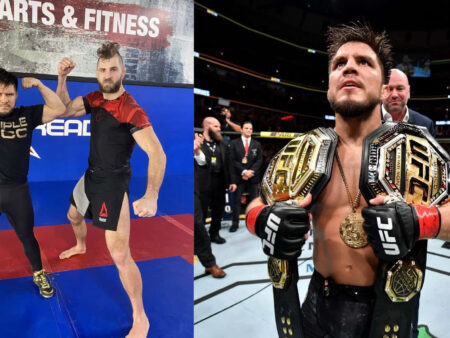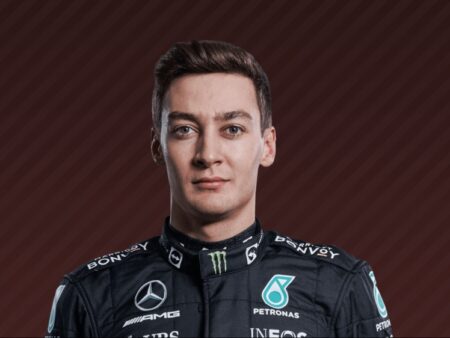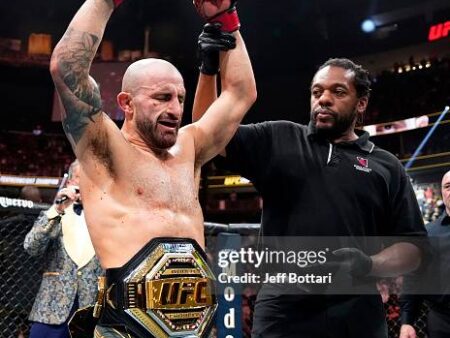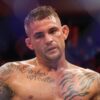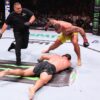In the high-stakes world of professional hockey, where the margin between triumph and tribulation is often razor-thin, a well-balanced defensive corps can be the bedrock of a championship contender. For the Ottawa Senators, the quest for a complete blue line has been a recurring narrative, particularly concerning the elusive right-shot defenseman.
Enter Jordan Spence, the 24-year-old talent whose acquisition marks a decisive strategic pivot for General Manager Steve Staios. After seasons of juggling left-shot players on their off-side and a general yearning for more offensive activation from the right, Spence arrives not merely as another roster player, but as a critical piece in Ottawa’s carefully constructed puzzle. This isn’t about future draft picks; this is a strategic play for the present, designed to immediately elevate the team’s performance and inject vitality into their overall offensive scheme.
The Enduring “Right” Conundrum in NHL Defense
The scarcity of truly effective right-shot defensemen is one of hockey’s enduring market inefficiencies. A right-handed shot on the right side of the ice offers superior puck handling along the boards, cleaner breakout passes, and optimized shooting lanes from the point on the power play. For years, the Senators, like many teams, have felt this imbalance keenly. Instances of naturally left-shooting defensemen like Jakob Chychrun being deployed on their off-side, while admirable in their versatility, often underscore a deeper structural deficit.
Last season’s defensive lineup, despite showing flashes of promise, lacked a consistent, elite puck-moving presence on the right. While stalwarts like Nick Jensen provided much-needed stability post-Chychrun trade, and Nikolas Matinpalo earned an extension for his solid third-pair contributions, the collective offensive output from the right side of the blue line was noticeably subdued. The statistics are rather stark: the Senators ranked 25th in total goals from defensemen, with a mere seven combined from their right-shot contingent. This is where Spence becomes less of an option and more of a necessity.
Jordan Spence: The Analytical Advantage
What makes Jordan Spence such a compelling addition? Beyond the simple fact of his right-handed shot, Spence is precisely the kind of puck-moving defenseman that modern hockey analytics cherish. His on-ice metrics with the Los Angeles Kings paint a clear picture: significantly improved expected goals rates when he was on the ice at five-on-five. This isn`t just about flashy plays; it`s about systematic possession, controlled zone exits, and creating favorable scoring opportunities for his forwards.
At 5-foot-10, Spence is not a physically imposing figure, a characteristic that often invites cautious skepticism. Yet, the NHL has seen both soaring successes (think Erik Karlsson) and, dare we say, less impactful outcomes (Erik Brannstrom, for a brief period in Ottawa) from similarly sized players. The irony is, while physical stature might be a talking point, it`s often the hockey IQ and skating agility that truly define these players. Spence’s game is built on smarts and skill, not brute force.
Crucially, Spence arrives with a dual motivation: proving his mettle as a consistent top-four defenseman – a role he arguably couldn`t fully secure in a deep Kings` system – and playing for a new contract as a restricted free agent. As he pragmatically noted, “I’m not really focused on (the contract) at all, whatsoever. I think it just matters how I play this season.” Such focus is precisely what a team on the cusp of contention requires.
Rebalancing the Blue Line for Stanley Cup Aspirations
The impact of Spence`s arrival is expected to be immediate and profound. His 28 points last season, including four goals, would have been a significant boost to Ottawa`s right-side offense, eclipsing the combined efforts of players he`s set to replace in the top six. Paired with existing talents like Jake Sanderson and Thomas Chabot, who collectively notched 20 goals from the left side, Spence offers a symmetry that has been sorely lacking.
Under Head Coach Travis Green, the potential defensive pairings now look considerably more robust and versatile. While Nick Jensen`s return from hip surgery will add another layer of complexity and competition, the depth is undeniable. A projected lineup could see pairs like Sanderson-Zub, Chabot-Jensen, and Kleven-Spence. This new alignment not only optimizes the strengths of individual players but also fortifies the team against the inevitable injuries and performance fluctuations of a long season. It`s a clear signal that the Ottawa Senators are transitioning from a rebuilding phase to a competitive one, adopting the “Stanley Cup mindset” that Captain Brady Tkachuk has so eloquently championed.
The Road Ahead: More Than Just One Player
While Spence`s addition addresses a critical immediate need, General Manager Steve Staios`s long-term vision for the right side remains evident through draft picks like Carter Yakemchuk and Logan Hensler. These future assets indicate a commitment to sustainable excellence, ensuring that the right-side defense remains a strength for years to come.
For now, however, all eyes are on Jordan Spence. His ability to integrate seamlessly, contribute offensively, and provide the analytical edge he’s known for will be pivotal in determining whether the Senators can truly take the next step. It`s a bold, calculated move that could finally make the Ottawa blue line feel, well, *right*.
